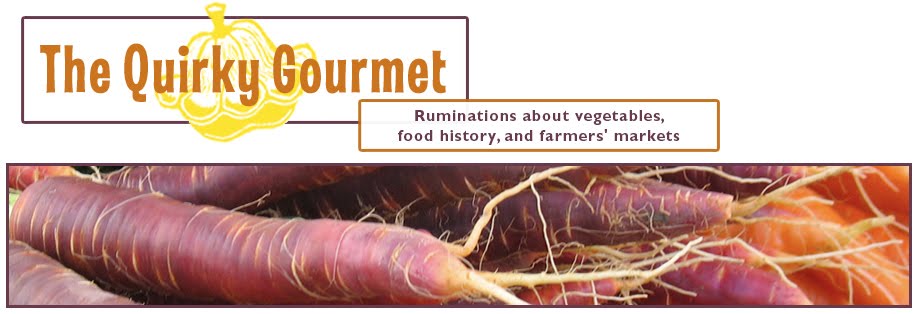
Yesterday was opening day at Columbia City, the first seasonal market to open. Opening day was originally scheduled for May 19 because this season the market will no longer be able to use the parking lot where it's been held the past 12 years. The market will be moving out onto the street nearby, and the organizers were planning to wait a few weeks until there was more produce available, and then hold a big opening day event to commemorate the move. But just a few weeks ago they received permission to continue using the parking lot until the end of June, so they decided to start the market earlier in the season, as usual.
Opening day at Columbia City used to be a big event, with great music, larger than life puppets, and appearances by the mayor. The past few years it's been much more low key, in fact, it often feels like many folks in the neighborhood don't even know it's going until it's already been open for a few weeks.
Columbia City used to be my best market, but it peaked 4 or 5 years ago and plateaued. It's still a great market, especially when the weather is good. Yesterday the weather was lousy, but we still had a decent day. It just felt more like a winter market than a summer market.








